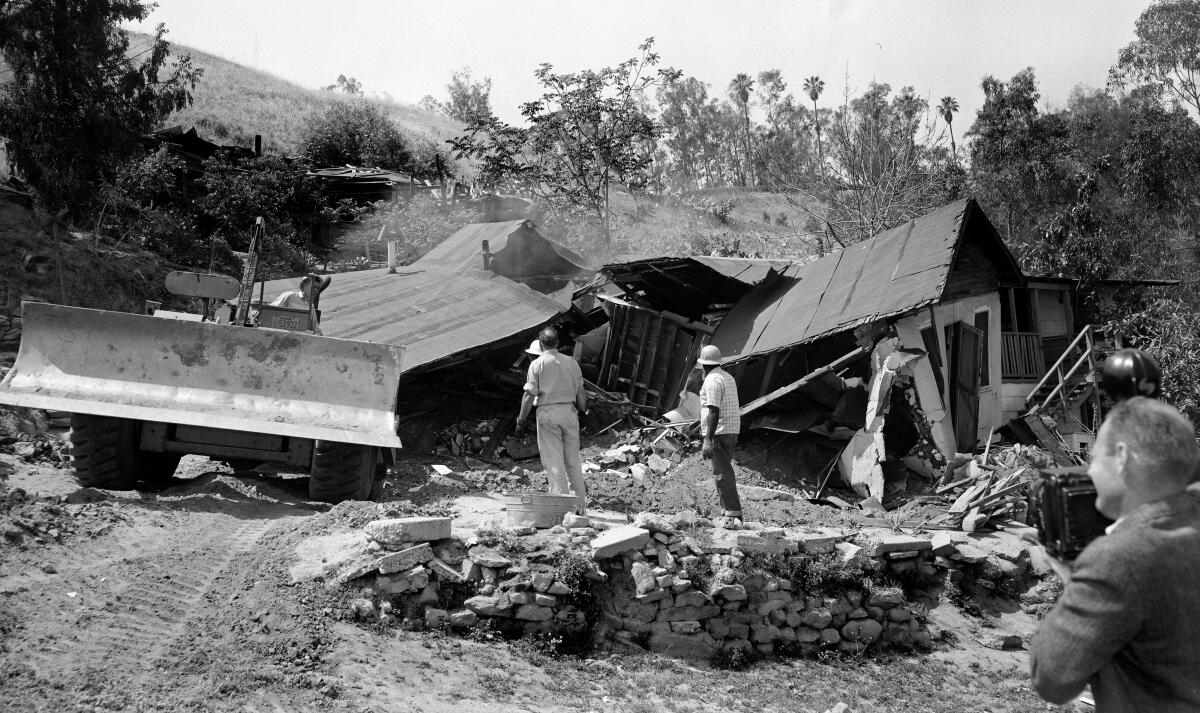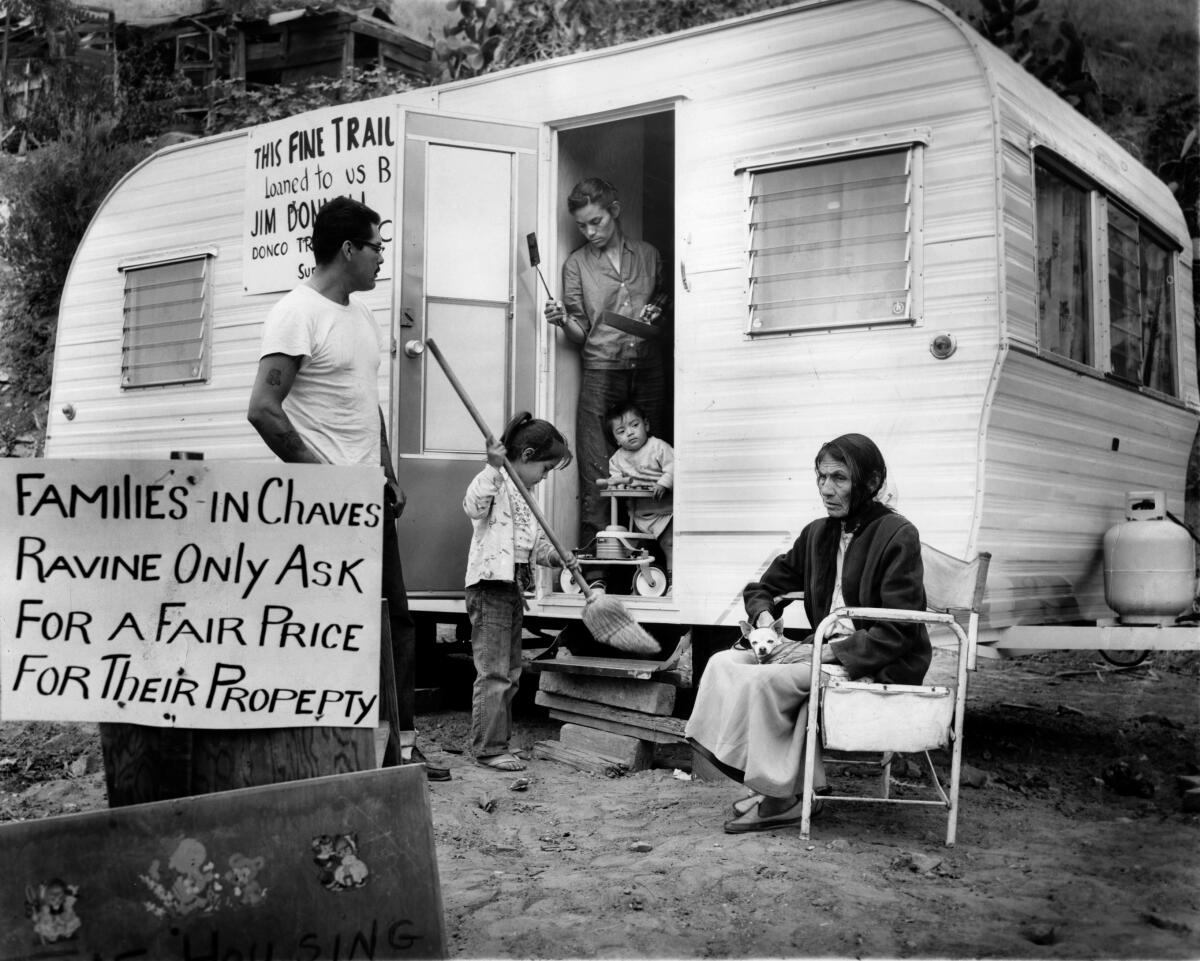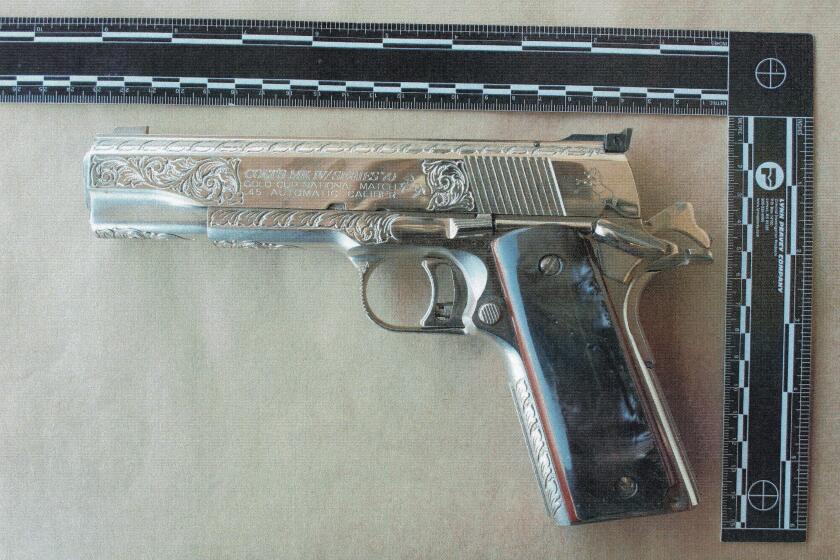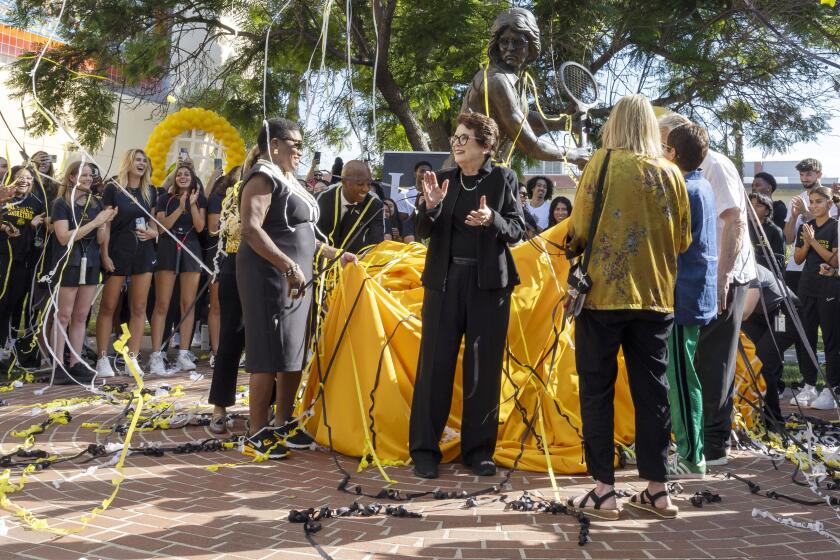Sign up for Essential California
The most important California stories and recommendations in your inbox every morning.
You may occasionally receive promotional content from the Los Angeles Times.
Kelvin Kuo is a Sports photo editor at the Los Angeles Times. He finds a passion in inspiring people through photography.
More From the Los Angeles Times
Podcasts
Malibu is a top fire-risk area. After recent devastating fires, how can it rebuild sustainably and prepare for the next one? We hear from residents who lost homes and a fire recovery expert.
Madison McGhee and L.A. Times Reporter Richard Winton talk through an explosion at the Sheriff’s training office in East LA and the potential mistakes that led to an active bomb in the police facility.
Sammy Roth talks with L.A. Times housing reporter Liam Dillon about the state’s controversial move to roll back parts of CEQA in hopes of building more homes and what that means for climate policy.






















































